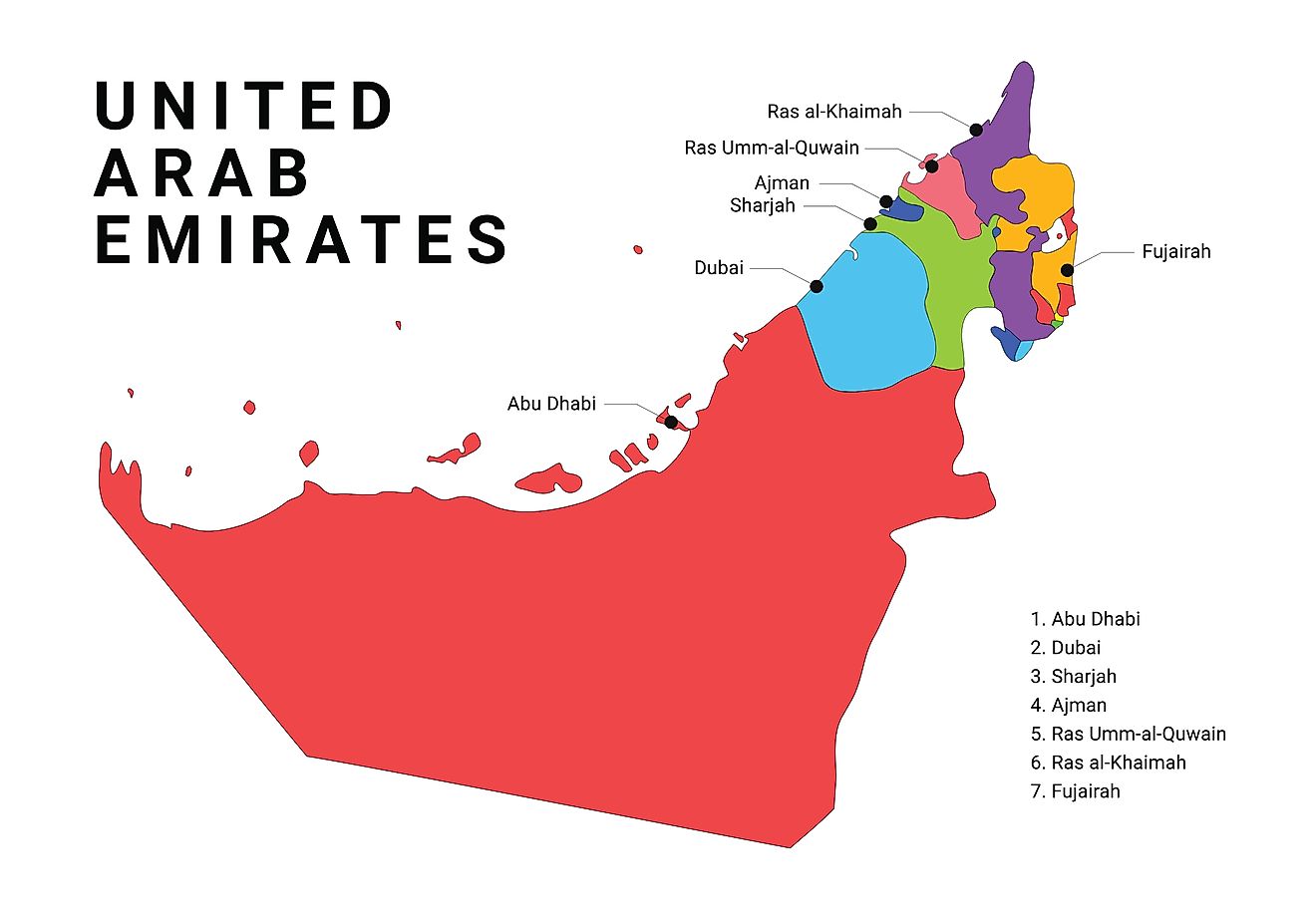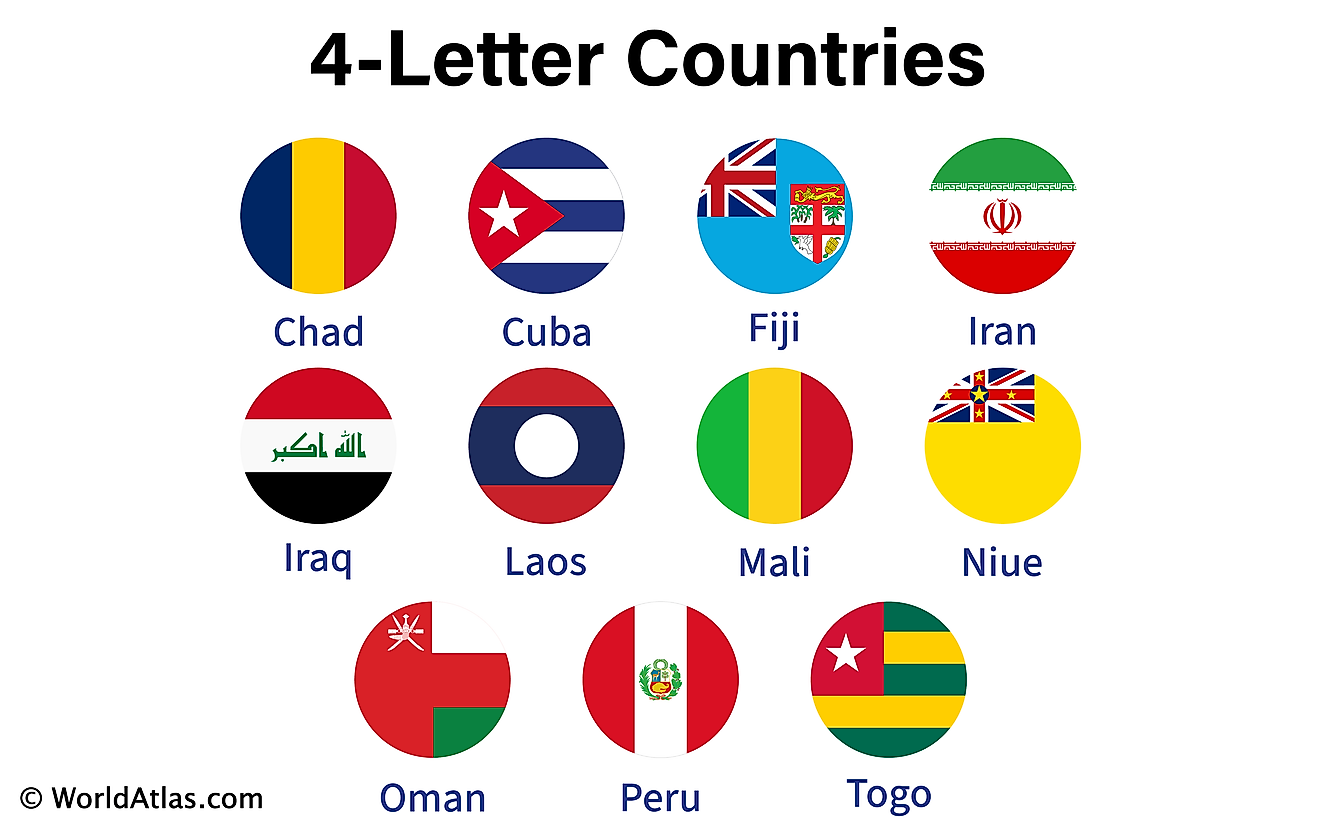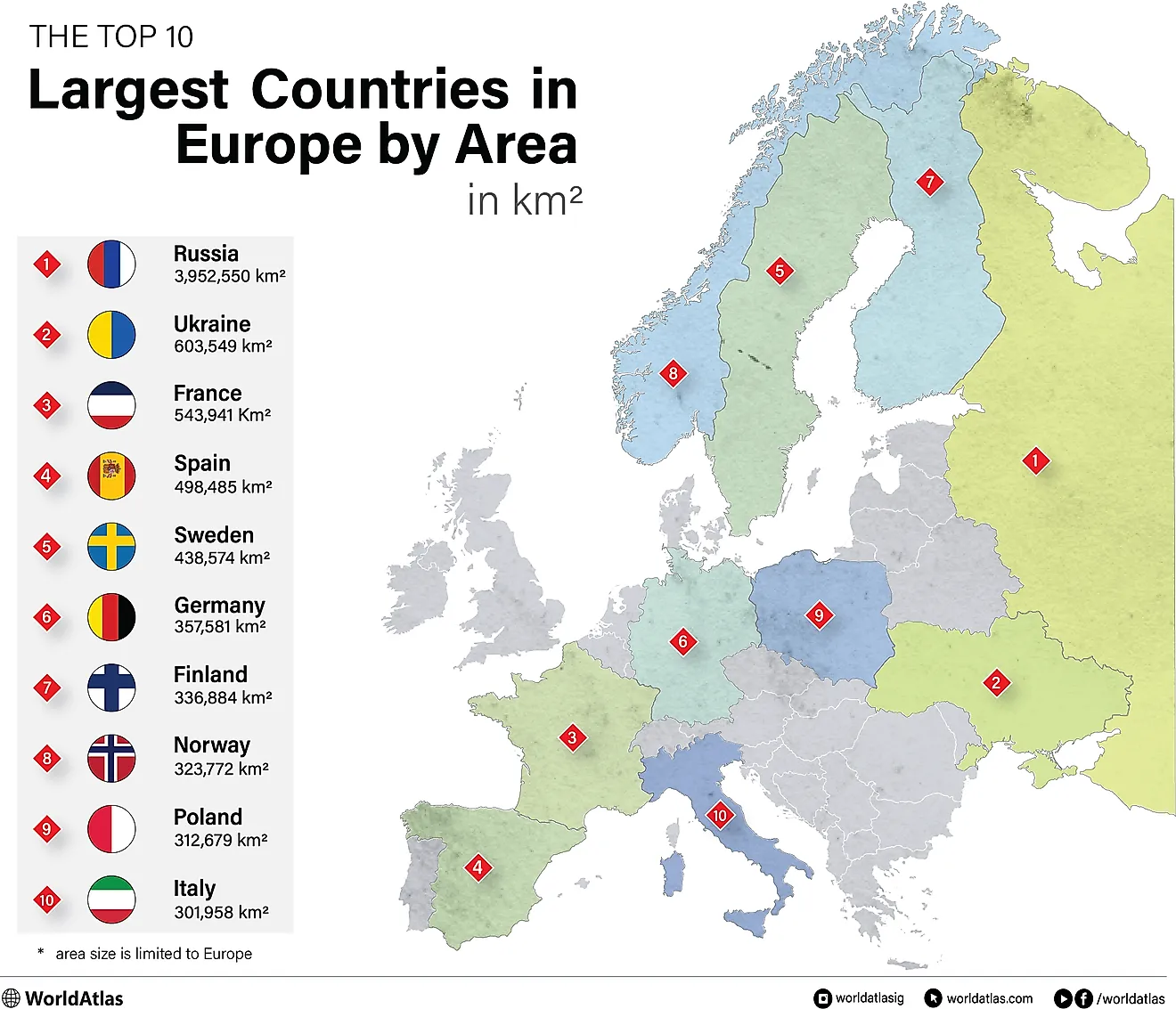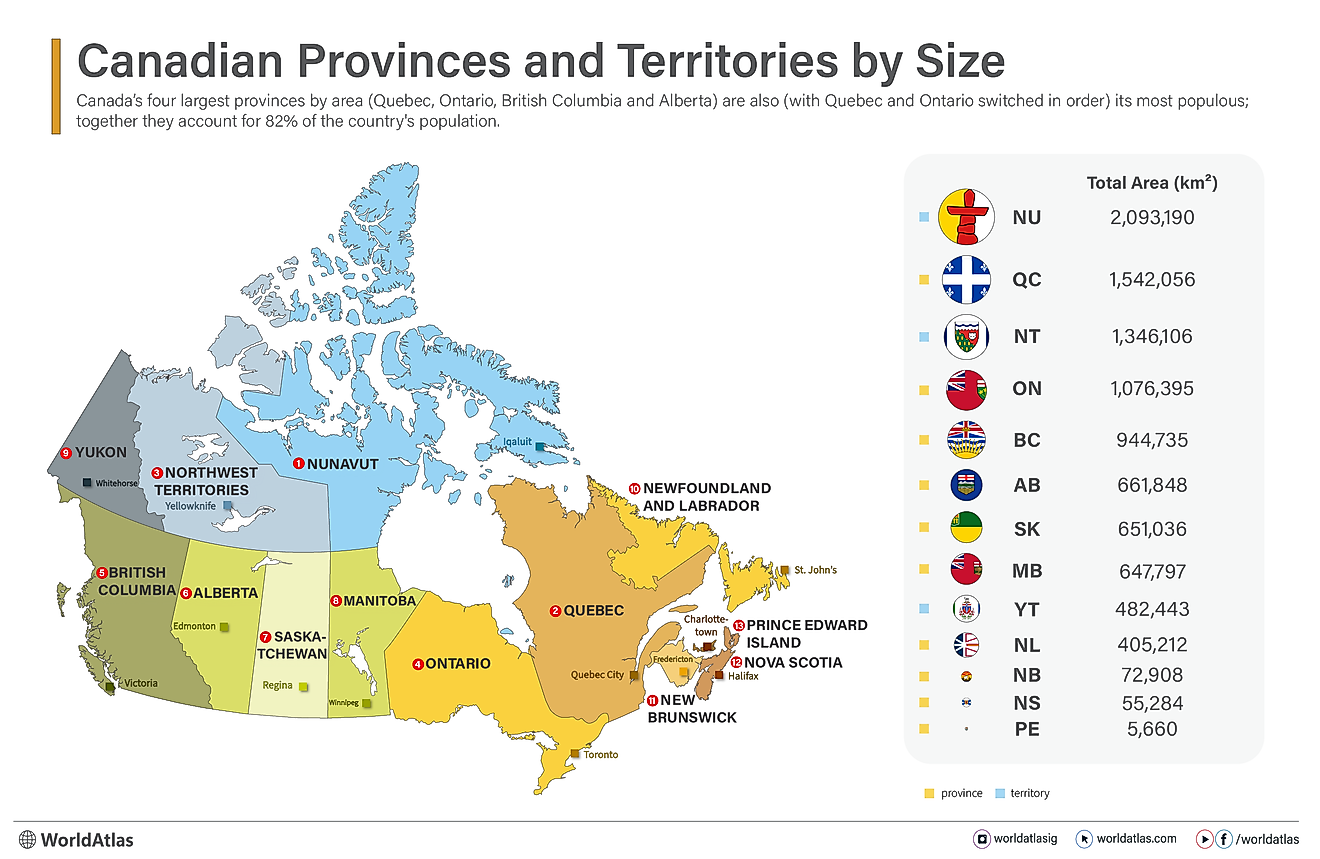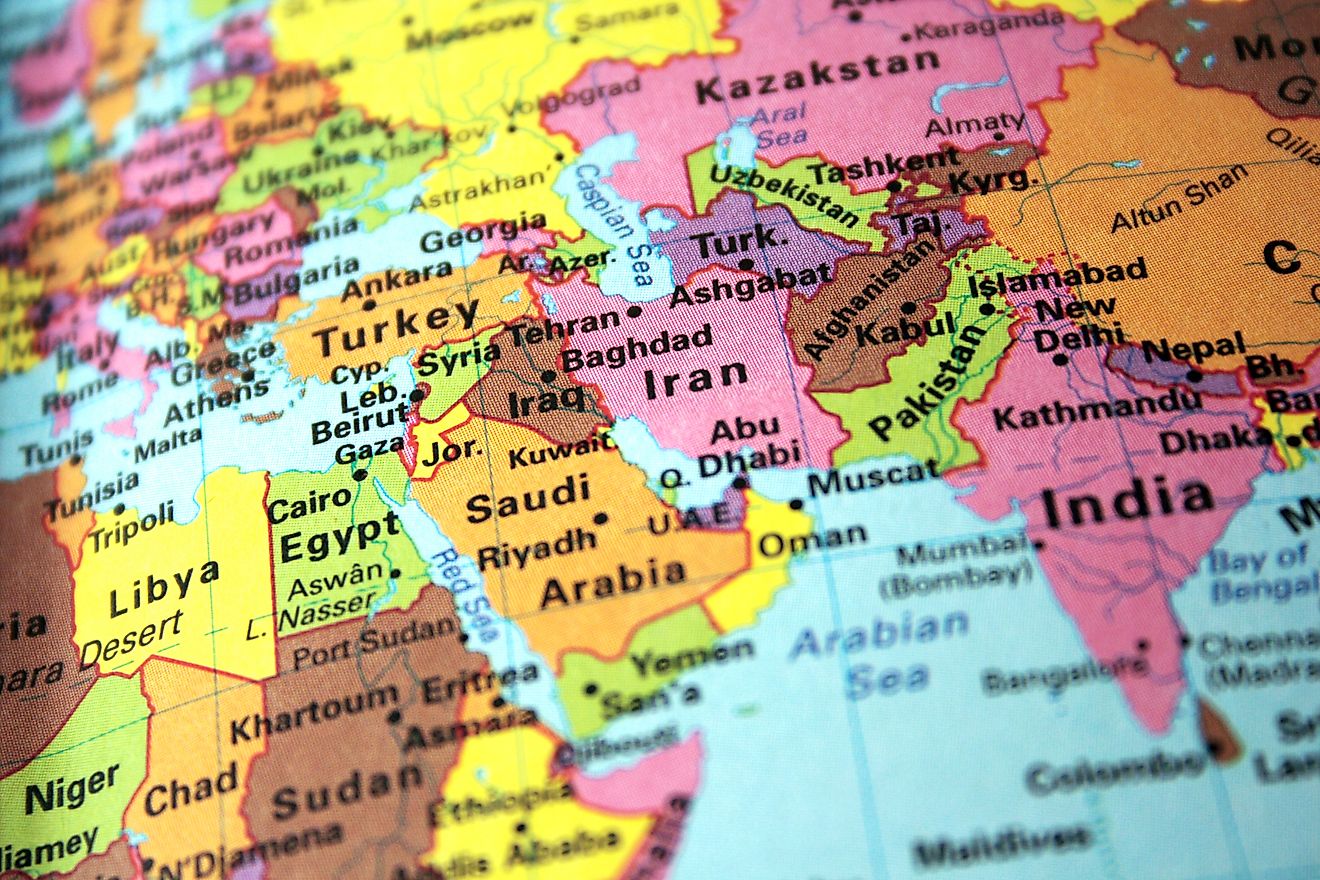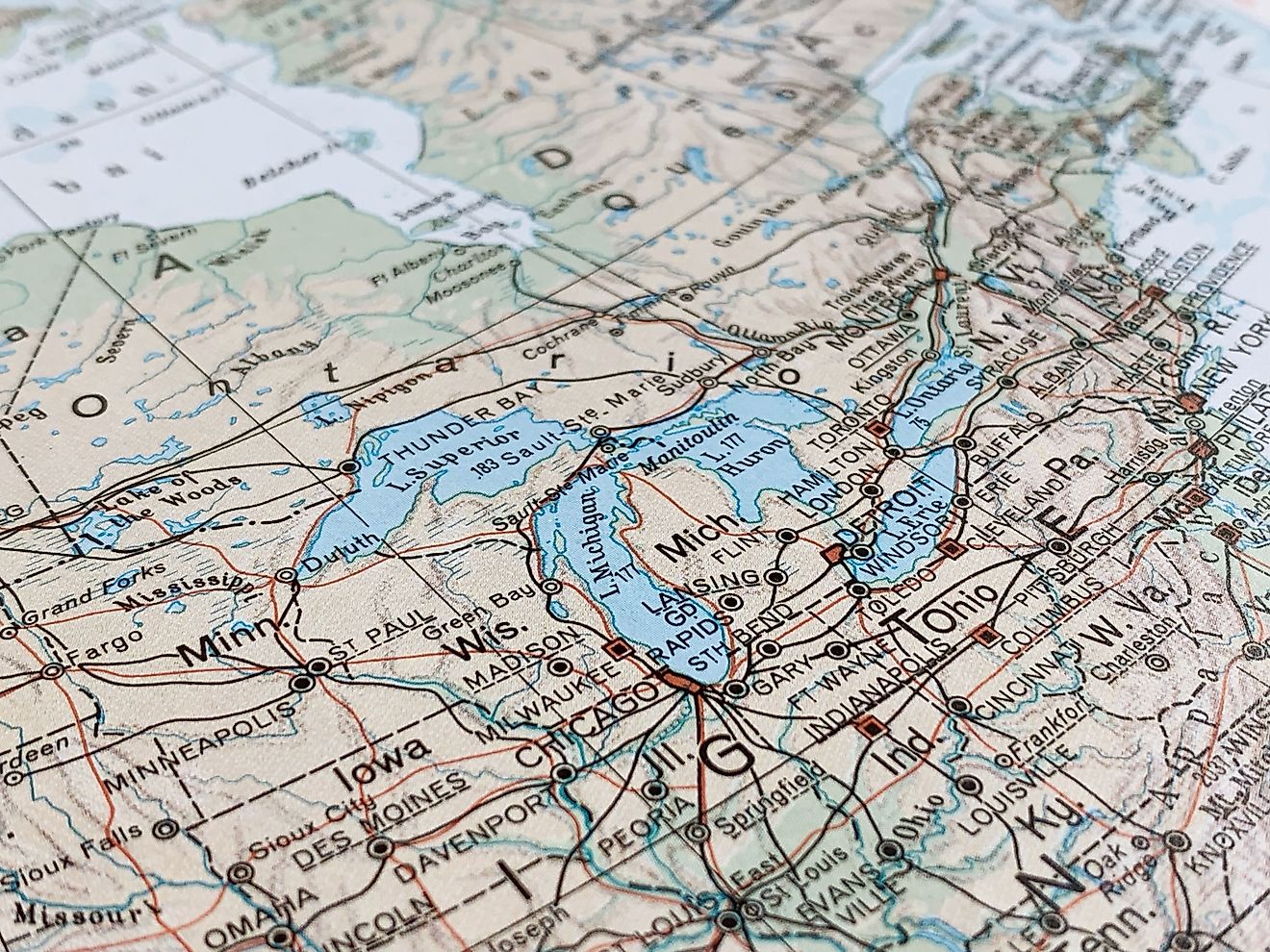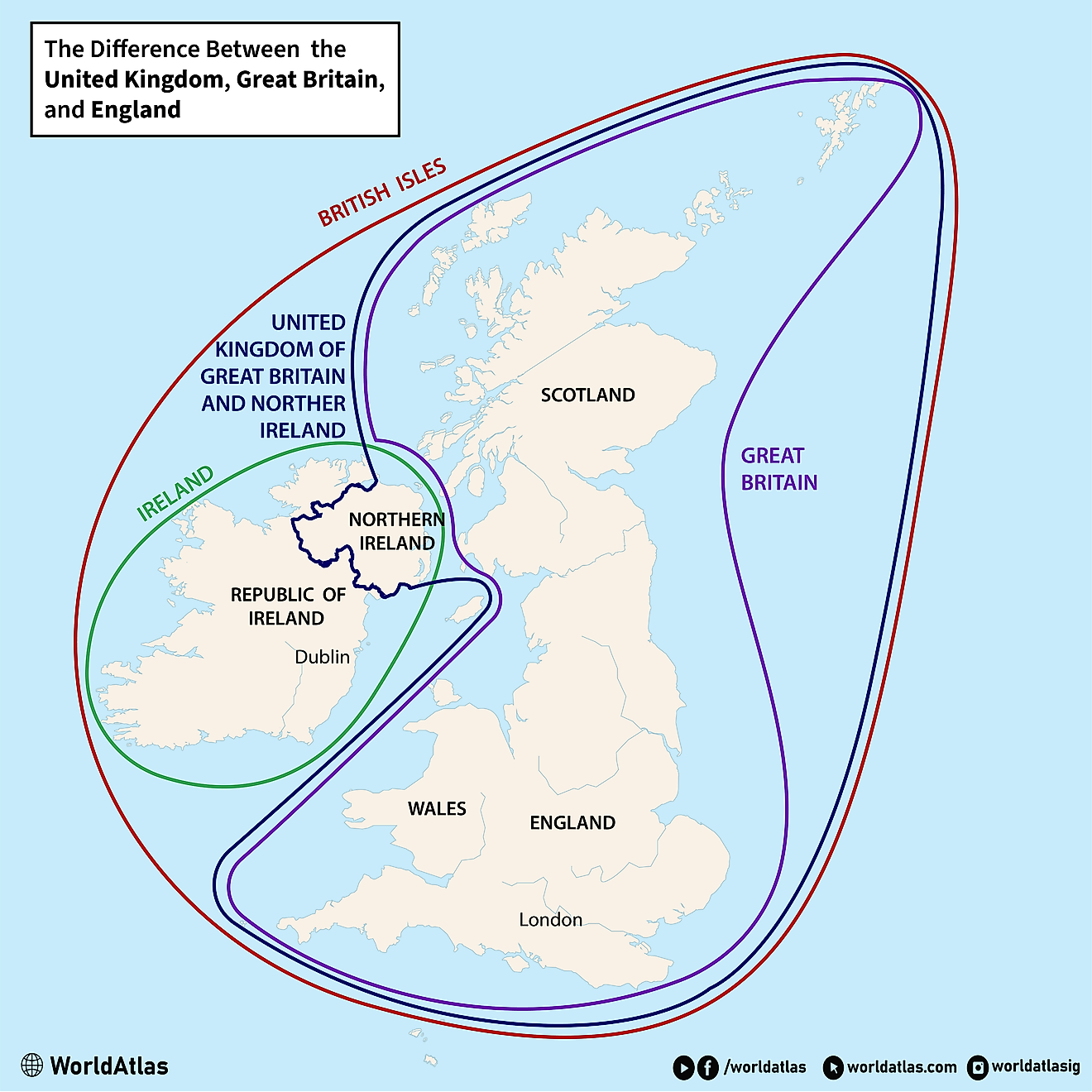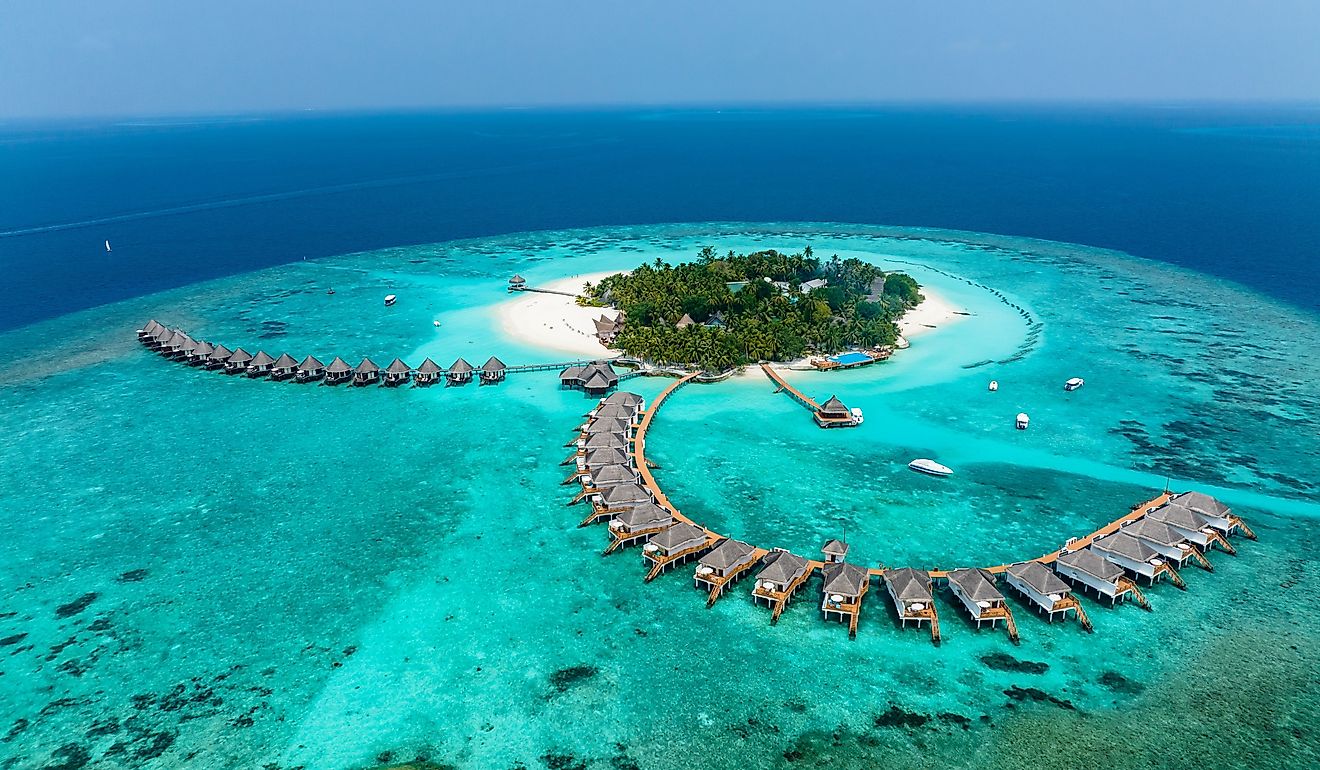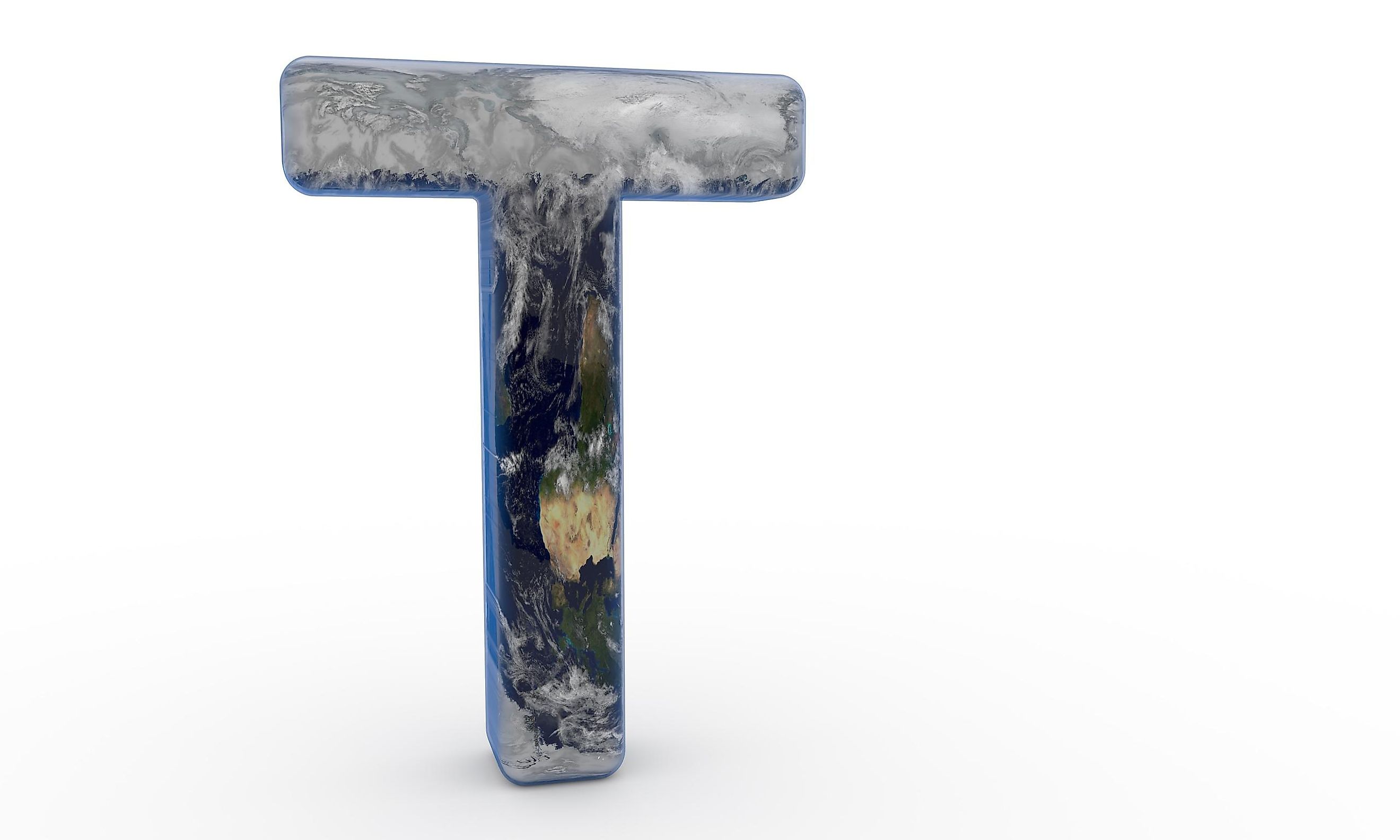
Countries That Start With The Letter T
Out of the world's 195 countries, there are only 11 whose names start with the letter "T." However, even though the sound "T" starts the names of only 11 countries in English, this same sound is used in roughly 68% of all languages!
Additionally, in English, the "T" sound appears in about 9.10% of all words. This fact comes from researchers at Cornell University. Yet, how these 11 countries got their names that start with "T" is a fascinating story, so keep reading to learn more.
Countries That Start With The Letter T
| Country | Population | Land Area |
|---|---|---|
|
10,143,543 |
55,637 mi² |
|
|
67,438,106 |
365,754 mi² |
|
|
71,801,279 |
198,117 mi² |
|
|
1,360,596 |
5,743 mi² |
|
|
9,053,799 |
21,925 mi² |
|
|
107,773 |
288 mi² |
|
|
1,534,937 |
1,980 mi² |
|
|
12,458,223 |
63,170 mi² |
|
|
85,816,199 |
302,535 mi² |
|
|
6,516,100 |
188,456 mi² |
|
|
11,396 |
10 mi² |
Tajikistan
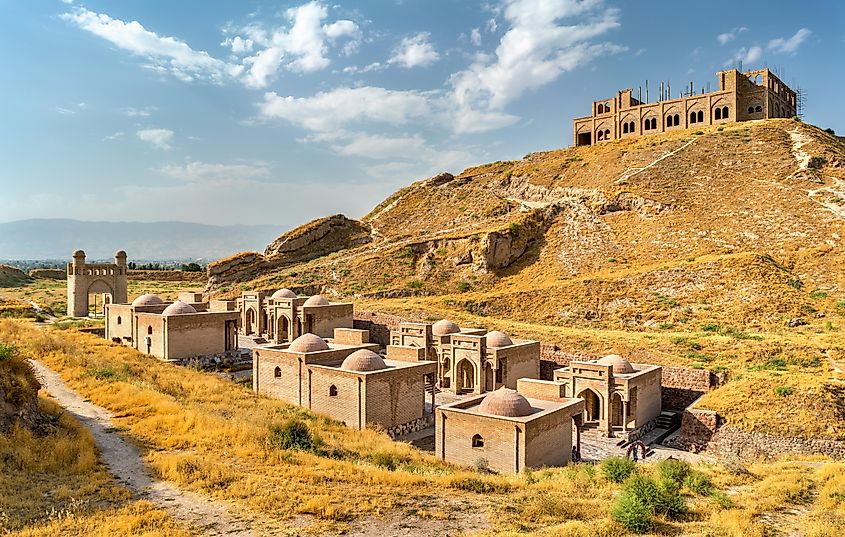
Tajikistan, also known as the Republic of Tajikistan, is a small, landlocked country in Central Asia. It shares a border with Uzbekistan, Afghanistan, China, and Kyrgyzstan. Dushanbe, the capital, means “Monday” in Persian. This name originated from the historical tradition of there being a large market in the city every Monday. Tajikistan gained its independence from the Soviet Union in 1991. Over 90% of the territory is mountainous and its tallest mountain is Imeni Ismail Samani Peak at 7,495 meters (24,590 feet). In Persian, “Tajikistan” means “Land of the Tajik”.
Tanzania
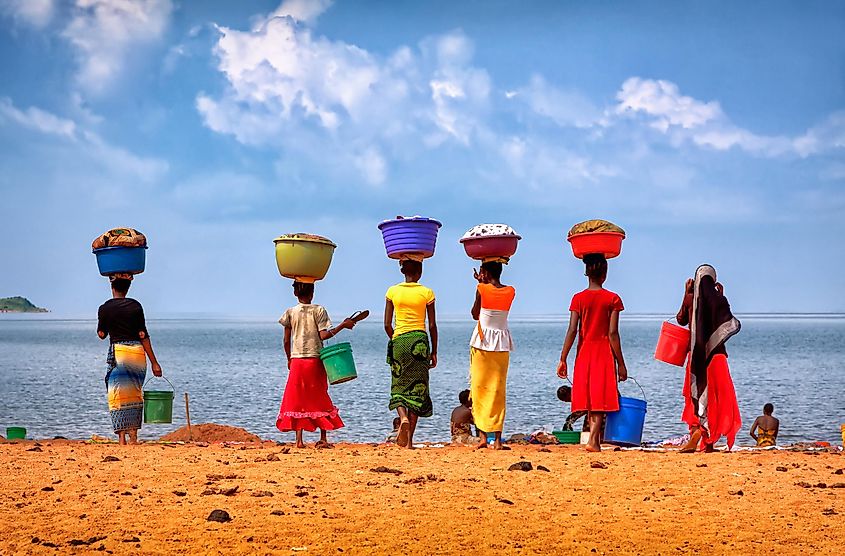
Tanzania is located in East Africa along the coast of the Indian Ocean. It borders Kenya, Uganda, Rwanda, Burundi, The Democratic Republic of The Congo, Zambia, Malawi, and Mozambique. The capital is Dodoma, with a population of about 325,000 as of 2024. The tallest mountain in Africa is in Tanzania, Mount Kilimanjaro, at 5,895 meters (19,340 feet) above sea level. The country’s name combines Tanganyika and Zanzibar, the two countries that unified in 1964 to create Tanzania.
Thailand
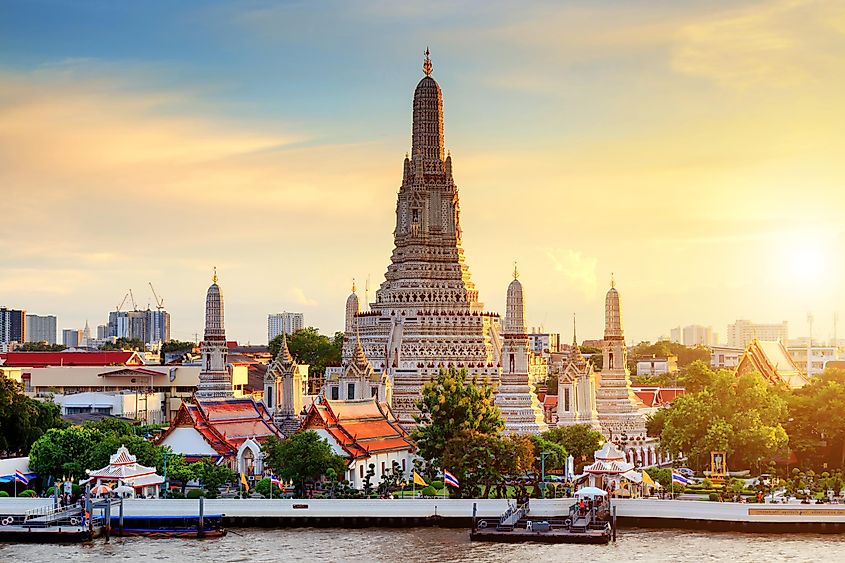
Thailand is a tropical country located in Southeast Asia. The capital is Bangkok, one of the hottest cities in the world. The capital's population is approximately 11.2 million people as of 2024. Thailand is the only Southeast Asian country that European countries never colonized. People from around the world travel to Thailand to visit its temples, where there is over 40,000 temples across the country. "Thailand" means "Land of the Thai," with "Thai" meaning "free people."
Timor-Leste
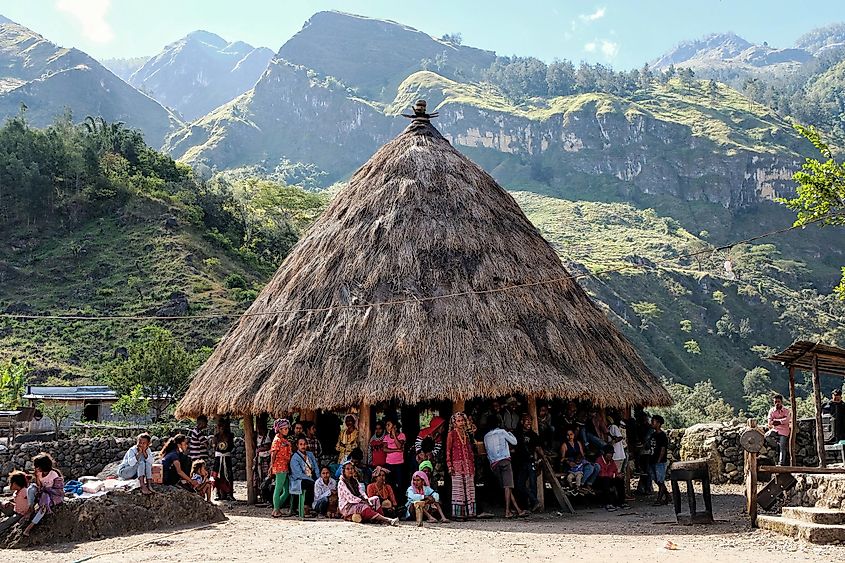
Timor-Leste (also known as East Timor) is an island in Southeast Asia, slightly south of the Malay Archipelago. The country's capital, Dili, is small, with a population of approximately 285,000 people. Timor-Leste gained independence from Indonesia in 2002 (Timor-Leste was a Portuguese colony until 1975), making it the youngest country in Asia. The median age of citizens is about 20 years old, which makes it one of the youngest countries in terms of population age. "Timor" originates from the Malay and Indonesian word "Timur," which means "east." "Leste" means "East" in Portuguese, so "Timor-Leste" directly translates to "Eastern-east."
Togo
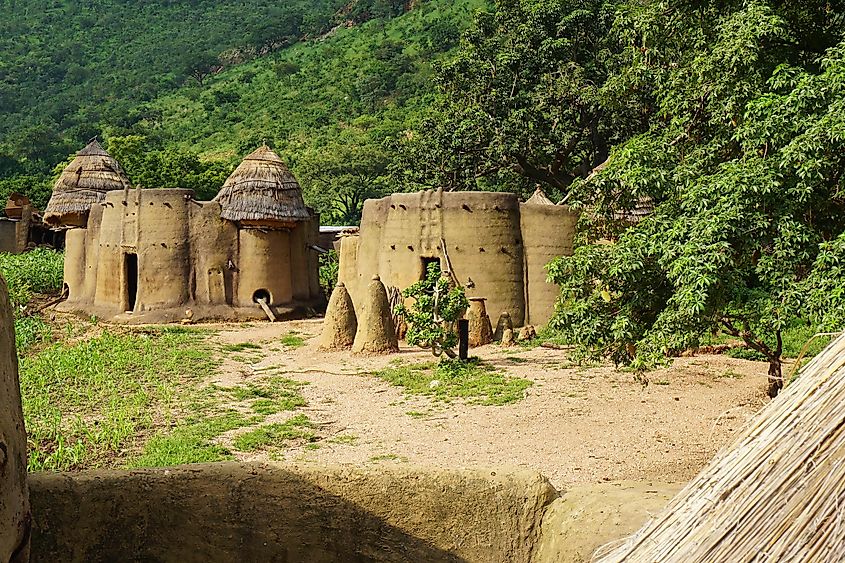
Togo, on the west coast of Africa, borders Ghana, Benin, and Burkina Faso. The capital of Togo is Lomé, home to about two million residents. The official language of Togo is French, as it gained independence from France in 1960. Togo has one UNESCO World Heritage site, Koutammakou, which is home to a village of traditional mud tower houses. “Togo” roughly means “On the other side of the river”. This name originally only applied to the village Togodo, but the name spread to represent the entire country.
Tonga
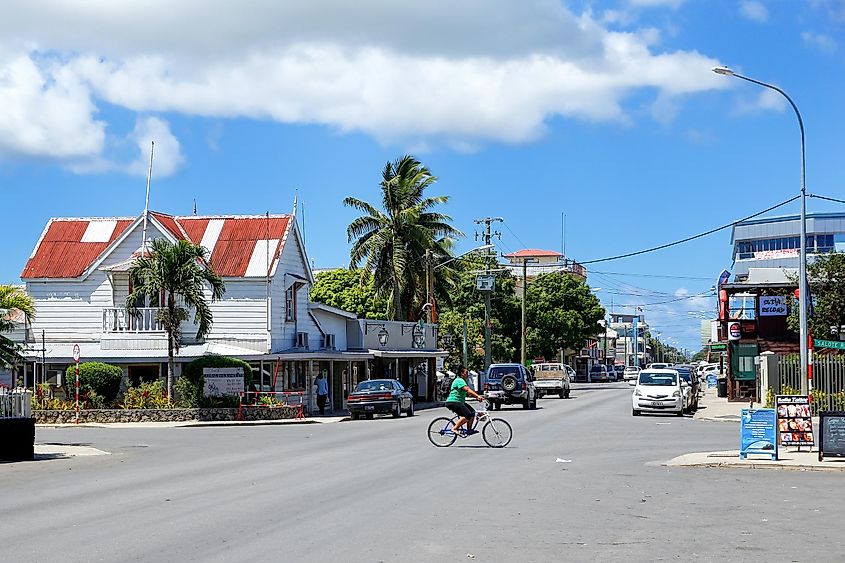
Tonga is part of Oceania and is an island in the South Pacific Ocean. The capital is Nuku'alofa and is home to an estimated 21,695 people as of 2024. Tonga gained independence from Britain in 1970. About 170 islands make up the country of Tonga. Many tourists from around the world visit Tonga due to its renowned whale-watching, as it is one of the only locations worldwide where people can swim with humpback whales. This whale season usually lasts from June through around October. In the Tongan language, "Tonga" means "south," which refers to the island's location compared to central Polynesia.
Trinidad and Tobago
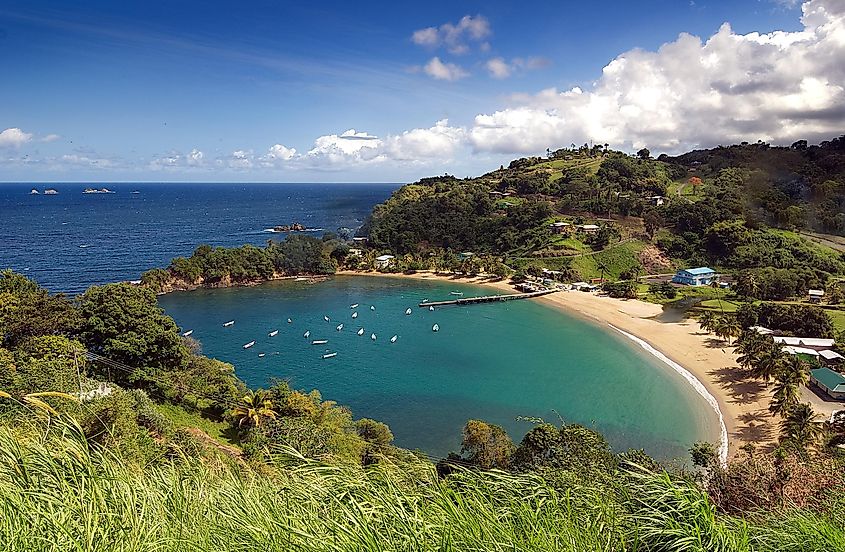
Trinidad and Tobago is located in the Caribbean, just 11 kilometers (6.8 miles) north of the Venezuelan coast. The capital is Puerto España (Port of Spain), with there estimated to be a little over 545,000 people as of 2024. The country gained independence from Britain in 1962 and now has a parliamentary democracy. Trinidad and Tobago produces some of the highest quality cocoa beans in the world, which has contributed to tourism numbers over the years. During one voyage, Christopher Colombus called the bigger island "La Isla de Trinidad." While the origin of "Tobago" is not completely clear, "Tobago" most likely comes from the Spanish word "tobaco" (tobacco in English) due to the tobacco that the indigenous smoked on the smaller island.
Tunisia
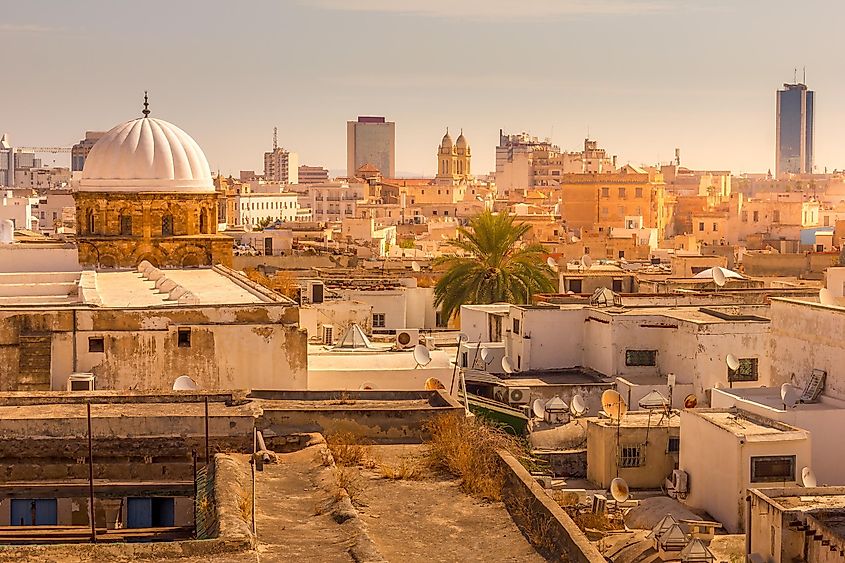
Located in North Africa, Tunisia borders Algeria, and Libya, and has a coastline along the Mediterranean Sea. “Tunisia” originates from its capital city name, “Tunis.” Tunis has an estimated 2.5 million people as of 2024. Tunisia gained independence from France in 1956. Most locals speak Tunisia Arabic, although some people speak French as well due to the country’s past of colonization with France.
Turkey
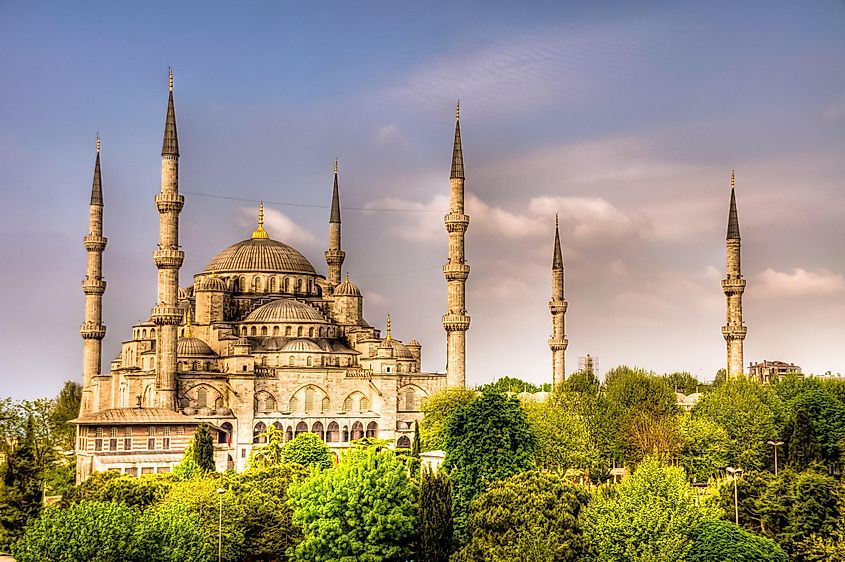
Turkey is located between Southeast Europe and Southwest Asia. It borders Syria, Iraq, Iran, Azerbaijan, Armenia, Georgia, Greece, and Bulgaria. The capital is Ankara, which has a population of 5.48 million people. Turkey became an official republic in 1923, replacing the Ottoman Empire rule. The meaning of the country's name is “Land of the Turks.”
Turkmenistan

Turkmenistan is a country in central Asia that borders Kazakhstan, Uzbekistan, Iran, and Afghanistan. It also has a coastline on the Caspian Sea. The capital is Ashgabat, with a population of approximately 922,000 people. The majority of the capital city buildings and monuments are white due to an urban renewal project enacted by the government. An estimated 10,000 to 20,000 tourists visit the country every year, making it one of the least visited countries in the world.
Tuvalu
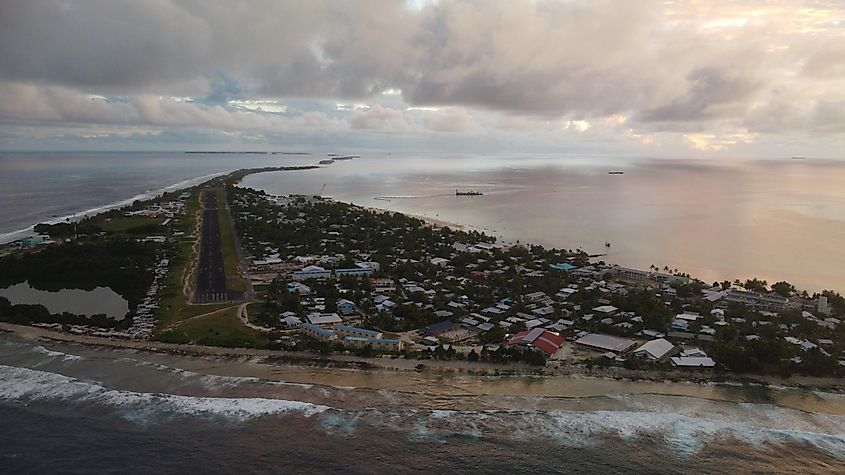
Tuvalu is an island located in the West-Central Pacific Ocean and is approximately in the middle between Australia and Hawaii. Tuvalu is one of the world's smallest countries in terms of both population and land area. The capital is Funafuti, which has a population of about 7,800 people as of 2024. Tuvalu became an independent country in 1978. It is one of few countries that does not have a military. "Tuvalu" means "Group of Eight," which references its eight historically inhabited islands.
